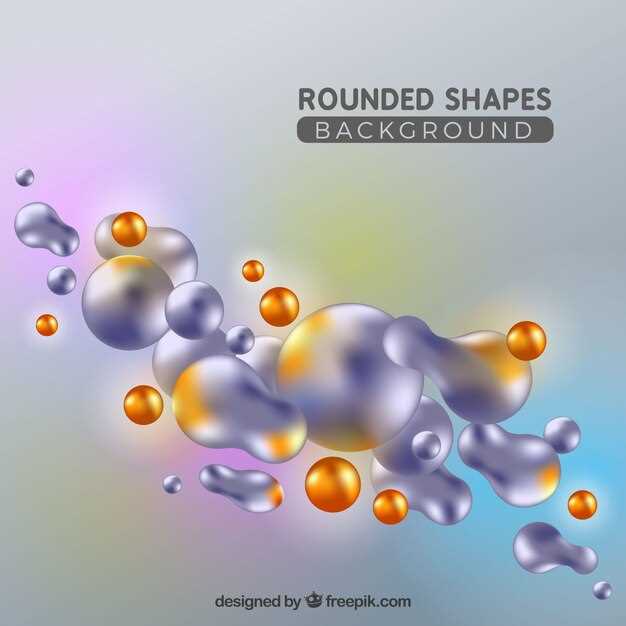
In this insightful analysis, delve into the impact of a novel compound on the intricacies of high-density lipoprotein dynamics. Uncover the potential benefits awaiting those seeking to optimize their cardiovascular health through innovative approaches. Through meticulous examination and thoughtful consideration, discover the nuanced effects that this groundbreaking intervention may impart on vital lipid profiles.
Understanding the Influence of Ezet
Key Mechanisms of Cholesterol Reduction

In this section, we delve into the fundamental processes behind the modulation of lipid levels. Understanding the intricate pathways involved in cholesterol management sheds light on the mechanisms driving therapeutic outcomes. By elucidating these underlying mechanisms, we gain insight into the intricate dance of molecular interactions that govern lipid metabolism.
Regulation of Lipid Absorption: One pivotal aspect lies in the regulation of lipid absorption within the gastrointestinal tract. The interplay of various molecules and receptors orchestrates the uptake and processing of dietary lipids, ultimately influencing plasma lipid profiles.
Modulation of Hepatic Cholesterol Synthesis: Another critical facet involves the modulation of cholesterol synthesis in hepatocytes. Intracellular signaling cascades and transcriptional regulation mechanisms dictate the rate of cholesterol production, thereby influencing systemic lipid levels.
Enhancement of Biliary Excretion: Furthermore, the promotion of biliary excretion represents a crucial mechanism for cholesterol elimination from the body. Facilitating the removal of excess cholesterol via bile acids contributes to the overall maintenance of lipid homeostasis.
Interference with Intestinal Cholesterol Reabsorption: Additionally, interventions targeting the reabsorption of cholesterol in the intestines play a pivotal role in lipid management. By disrupting the enterohepatic circulation of cholesterol, therapeutic agents exert profound effects on systemic lipid levels.
Amplification of LDL Receptor Expression: Lastly, the upregulation of LDL receptor expression emerges as a key strategy in cholesterol reduction. By enhancing the clearance of LDL particles from circulation, this mechanism holds promise in mitigating atherogenic risk and promoting cardiovascular health.
Through a comprehensive understanding of these intricate mechanisms, the development of targeted therapeutic interventions aimed at optimizing lipid profiles becomes increasingly feasible.

